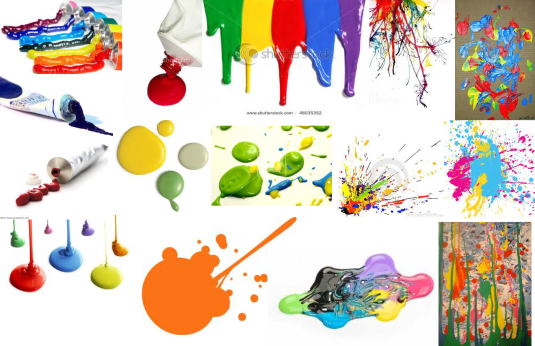Going Back
With everyone you do, there is always that “If I could go back…”, and I’m sure that happens with most people learning web design. I know for myself, I would review my notes more often, and not just when I was using them while doing an exercise or project. With that being said, I may want to be more organized with my note taking, and pay attention more closely. It seemed I always was missing something from my notes. Before entering the class, I wish I knew how much Photoshop would be involved, and how it is utilized. It took me a little bit to get a handle on using Photoshop to build out comps, since I had never used it in that manner before.
The New Crop
I have now learned a few tips of advice for the new group of students coming next semester to learn web design, and wish I have been giving some advice myself. First of all, make sure to be efficient in building comps in Photoshop because if you are not, it can take you longer than it should building them out. Along with that, keep the comps organized cause it will prevent headaches.
Make sure to take good, detailed notes. It is better to over write then to under write. When you think to yourself, “Oh, that’s easy enough. I can remember that.”, still write it down. I did that so many times and when it came time to do an exercise or project, I of course forget that easy thing I should’ve remembered. Pay attention to details, odds are if you are having a problem with a site not working, it is a small typo. The text book for the class is a big key. Granted, it may seem confusing at first when reviewing the examples, but they will definitely come in handy later on.
Even the online readings that are giving are key resources. I can remember referring back to them later on, especially with things such as JQuery. There is obviously a lot of learning between both web classes and it gets intense, especially Intro to Web. It can get intimidating and there’s a lot to absorb, but it is given to you one step at a time. To the technophode, do not be scared because it can hurt you in the long run. Embrace the knowledge, and whether or not you end up as a web designer, it is still a great thing to understand and can ever help your personal web experience just as a user.























































